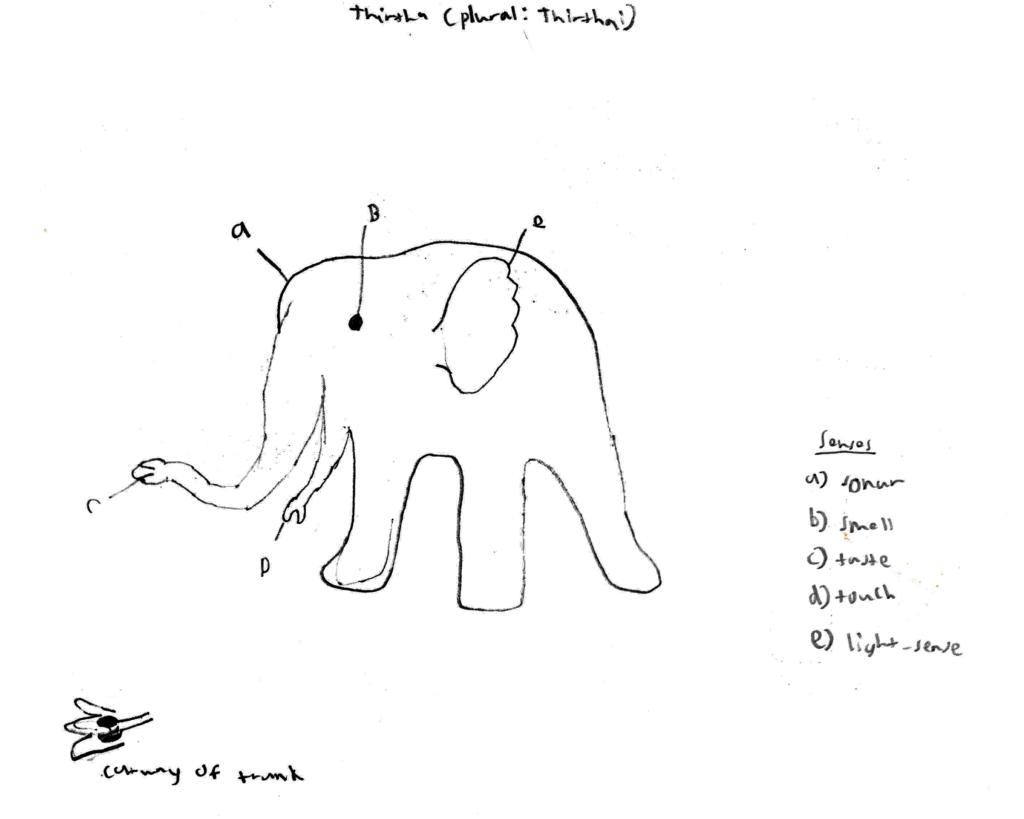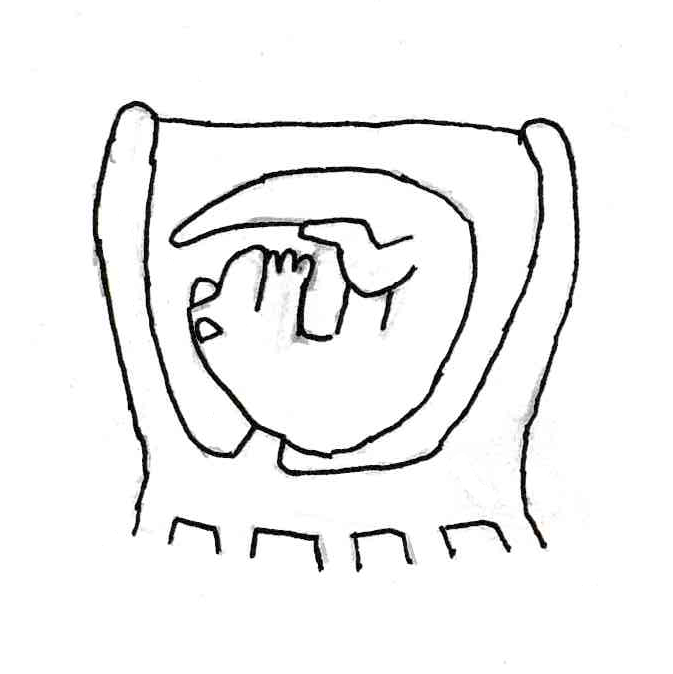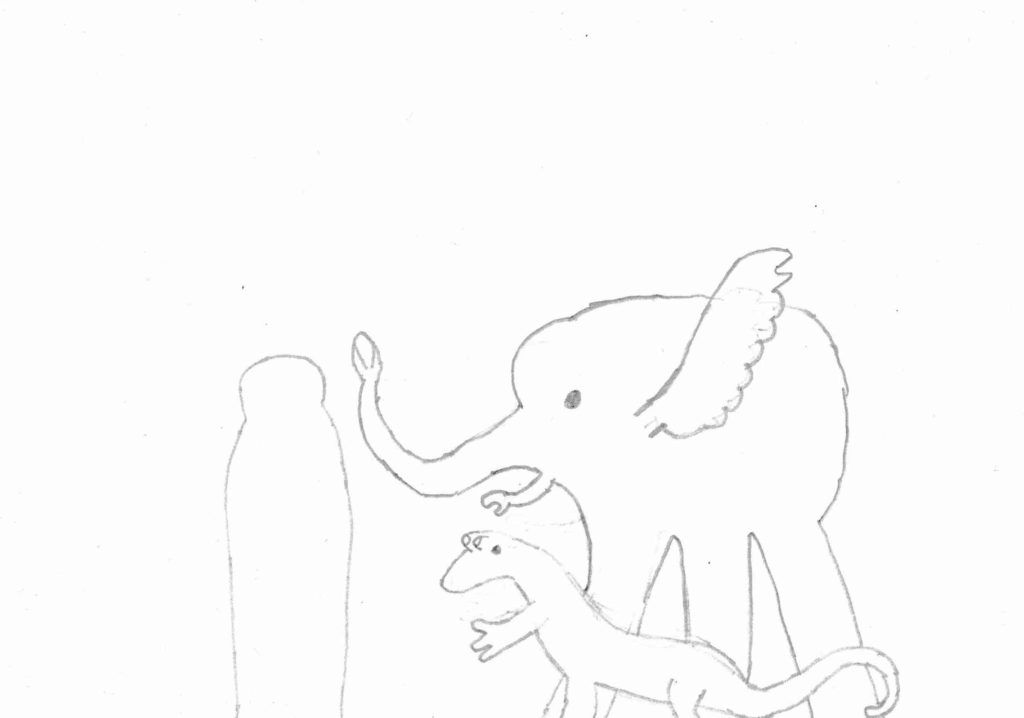
Little is known about Aleptidate history. According to themselves, they evolved as part of the only known cooperative, rather than competitive, biosphere, and it is true that few organisms on their planet do not provide some benefit to others. Yet it is equally, if not more, likely that Aleptidates themselves are responsible for this state of affairs. It is entirely possible that they ‘adjusted’ the planetary environment for their own benefit. The presence of microscopic parasites is not conclusive proof for either theory. While such organisms may have survived the hypothetical ‘adjustment’ period, it is also possible that they evolved to ‘cheat’ in a truly competitive biosphere.
Aleptidates have no clear records prior to <6000 of their years ago, when they arrived on the world called Aelsa. Until their planet of origin is rediscovered, it will be impossible to verify either theory.
Prior to the Exodus, Aleptidates were part of a biosphere consisting of “no more than a hundred” macroscopic organisms, all living in intricate symbiosis. Their peaceful existence was disrupted by the arrival of a race known only as the Evil*. According to tradition, the Evil fell from the stars, and slaughtered half their planet in a single day. While the scale of the destruction is likely exaggerated, it is clear that the Aleptidates were initially defenceless against the Evil’s onslaught. *the word is both singular and plural
However, worse was to come. After a year of this bloodbath, 99 of every 100 Aleptidates were dead, and most of the survivors developed a madness known as Jahari. Initially translated as “madness”, a more accurate translation is “eater.” Lacking digestive systems, baseline Aleptidates tend to be horrified by the idea of consuming other creatures for sustenance. The oral history claims that the Jahari was a taint caused the Evil’s presence, although it also lead to the extinction. Their rage unspent, the Jaharis rampaged across the planet until nothing remained alive.
According to Aleptidates, the remnants of the biosphere formed itself into a vast ship, which launched itself into the aether to escape the Jaharis. With it went only one of every 100 who had survived the Evil. The ship travelled for an unknown period, before arriving on the planet known as Aelsa. This planet was terraformed by the survivors, and remains their home to this day. After landing, society was organised into several autonomous regions known hex-clans. Each hex-clan had its own guardian, whose role was to communicate with any future alien visitors. Aleptidate society experienced no major changes until the coming of Barliit.
It is unknown how much truth resides in the official history. Even the earliest Aleptidate records are not first hand accounts of the disaster that destroyed their home. The only evidence of the Jahari’s historical existence is the xenophobic madness exhibited by the individual known as Shatrqil. Likewise, the Evil have never been encountered in modern times, and, given their general behaviour, are hopefully extinct. Finally, the transformation of the Aleptidate biosphere into an ark is dubious. Although Aleptidates evidently did not possess space travel during the Jahari, it is probable that the survivors may of escaped in a spacecraft stolen from the Evil. The living ark is likely a comforting legend, which evolved to remove any connection between the Evil, and the survival of their species.





